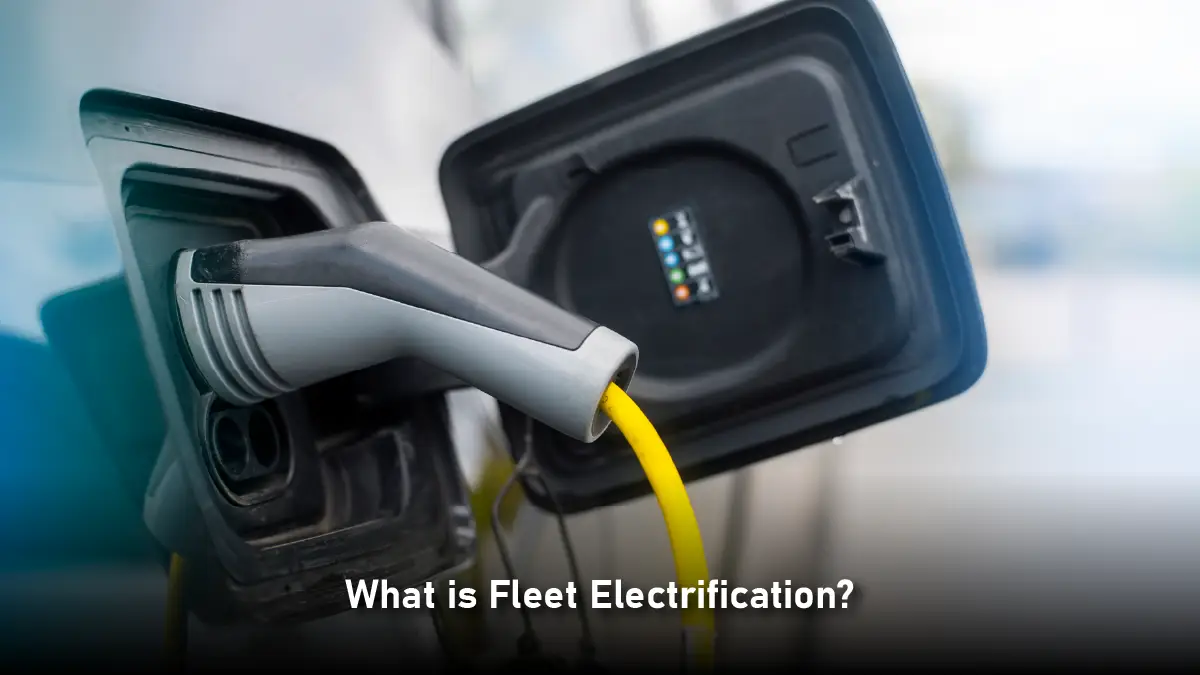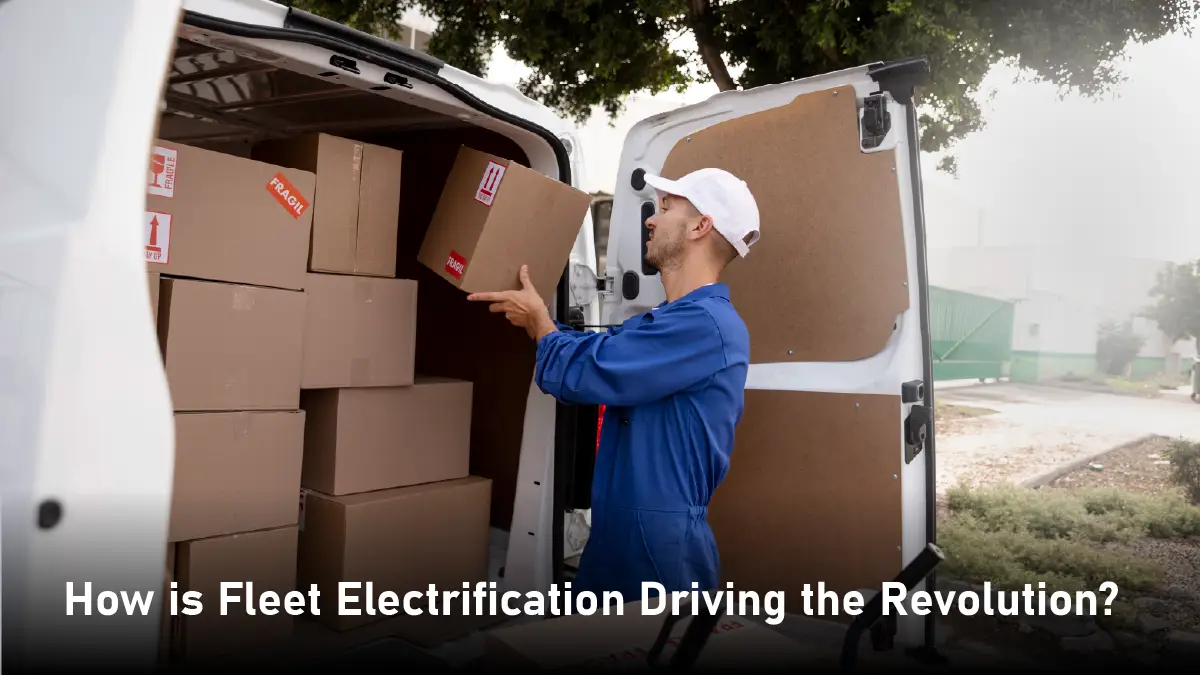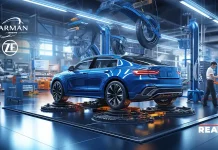Fleet electrification has become a big move for businesses, governments, schools, and more. More and more fleet managers are thinking about switching from gas-powered vehicles to electric ones.
This is mostly because there’s pressure to cut down on greenhouse gas emissions. Plus, people are realizing that EVs can save money in the long run.
There are a bunch of perks to going electric. These include lower carbon emissions, cheaper fuel and maintenance, better brand image, and staying on the right side of the law.
But here’s the thing; your charging setup really matters. A strong charging infrastructure can make or break your EV switch. Success depends on implementing an engineered solution, and fleet operations depend just as much on good design as on the cars themselves. Your fleet’s operational needs will be met with the support of dependable and effective charging.
Aslo Read: 5 Common Cybersecurity Gaps in Medical Devices – How Healthcare Organizations Can Fix Them
This blog will cover the major role of charging infrastructure in successful fleet electrification. Let’s dive in!
What is Fleet Electrification?

To get fleet electrification, let’s start with what electrification means. It’s about moving away from fossil fuels like coal, oil, and natural gas. Instead, we switch to machines and equipment that run on electricity.
When that electricity comes from clean, renewable sources, it can help a lot. It can really cut down carbon dioxide emissions. This is super important for sectors like transportation, industry, and construction. These three make up 65% of all greenhouse gas emissions in the U.S. alone, transportation is responsible for about 29%.
Right now, we’re in the middle of a big shift. The goal? Cut emissions and slow down climate change. Electrifying transportation is a huge part of this. It’s not just good for the planet—it’s also opening up new markets and pushing innovation forward. This is what’s driving the energy and mobility revolution.
How is Fleet Electrification Driving the Revolution?

The transportation sector depends a lot on fleets. Everything we use; like clothes and food; gets moved around by fleet vehicles. These vehicles are a big part of our daily lives. Some are heavy-duty trucks that carry huge loads across the country. Others are light delivery vans dropping off packages in our neighborhoods.
Fleet electrification means switching from fuel-powered vehicles to electric ones. These electric vehicles, or EVs, don’t produce any emissions. Fleets can include vehicles like buses, delivery vans, big trucks, and even cars used for work.
A significant factor in the transition from internal combustion engines to electric vehicles is fleet electrification. It assists nations in reaching their GHG goals. Fleets of ICE (internal combustion engine) vehicles emit a lot of pollution. Therefore, zero-emission cars will take their place. There are more than 63 million fleet automobiles in Europe alone. That represents above 20 percent of all automobiles on the road. This accounts for half of all road transport emissions and more than 40% of all vehicle kilometers.
The American Lung Association’s March 2022 report, ‘Zeroing in on Healthy Air,’ estimates that by 2050, electrifying transportation would prevent over 6,000 premature deaths and save around US$ 72 billion in health-related benefits.
Now’s a great time for fleets to go electric. It’s because of a rare mix of government rules, lower costs, and growing interest in being eco-friendlier.
Governments and utility companies are helping speed things up. They’re offering tax breaks, giving out subsidies, and putting billions of dollars into helping fleets make the switch.
- Electrifying fleets comes with many business advantages.
- Reduced operating, fuel, and maintenance expenses result in a lower total cost of ownership.
- Impact on the environment, as we lower our carbon footprint by adhering to national legislation and ‘green’ policies.
- Encourages businesses to make environmental and sustainability pledges, which will eventually improve their brand positioning and client retention.
Fleet Electrification Best Practices
● Evaluating Your Charging Infrastructure and Making Plans
Making the switch to an electric fleet necessitates new tools and solutions for workforce and vehicle management, charging, and maintenance procedures, even if operating an EV fleet is somewhat comparable to operating one powered by gas or diesel. The most major distinction is the necessity for a carefully planned charging infrastructure to guarantee your fleet functions efficiently with minimal downtime for ‘filling up.’
● Assessing Range and Requirements for Charging
Start by looking closely at different charging stations. Pick the ones that match your fleet’s range, downtime, and daily operations. Your EV fleet operations depend on charging availability since it guarantees vehicle availability.
The requirements for EV chargers, possible locations, and volumes should all be considered in a charging infrastructure strategy. Installing chargers at locations with sufficient electrical capacity to support the necessary charging load is something you must plan for. Take into account the electrical capacity, the space that is available at your facilities, and the power needs of the vehicles and charging stations.
The charging capacity and infrastructure required to support it will be determined in part by your fleet’s operational requirements. Vehicles that are utilized on certain routes every day, like school buses, or for local deliveries, like Amazon’s new electric delivery vans, most likely don’t require charging during the day. They can depend on your facility’s overnight charge possibilities. To make sure they are prepared to go every morning, home charging station setups may be perfect for fleet cars that employees drive home.
Your fleet electrification plan should take into account which vehicles need to be available 24/7, travel vast distances, or demand high reliability. This aids in determining if fast-charging hubs and, based on logistical requirements, even public charging stations should be incorporated into your charging infrastructure. You might believe that switching to battery-operated Class 8 trucks and other heavy-duty vehicles is premature given the current EV transition. Make sure your strategy considers your entire fleet, though, as commercial manufacturing of electric semis and other heavy-duty trucks is increasing.
● Fleet Electric Vehicle Charger Needs
A strategy for charging infrastructure should look at the number, locations, and requirements for EV stations. Ensuring sufficient electrical power to support the necessary charging load is crucial prior to setting up charging stations at locations. Things to think about are:
The Charging Stations’ and the Vehicles’ Power Needs
When determining your charging station needs, timing is a crucial factor. Depending on whether you can charge every car at once, load profiles become more complicated. For instance, the charging windows might be eight hours for one car, six hours for another, and four hours for a third if the cars normally leave the lot at 6 a.m. every day but return at different times. Or, based on how and when your fleet uses the cars, you might require several charging windows during the day.
Calculating the Required Electricity
It is usual practice to state charger-per-vehicle ratios, such as one charger port per car or one Direct Current (DC) fast-charging port every 25 vehicles. Assess your onsite load requirements as they might not be feasible.
The first step in figuring out your fleet’s load requirements is to figure out how much energy each EV requires to charge. The anticipated distance between leaders would then be multiplied by this energy consumption rate, or kWh per mile. This results in an energy need for the charging window. This indicates the power requirement during that period if every vehicle is charging at the same time. Ten automobiles x 100 miles per vehicle per day x 0.7 kWh per mile, for instance, equals 700 kWh per day. When charged concurrently over a period of eight hours, 87.5 kW of power is required. This corresponds to an 8.75 kW/vehicle charging rate per vehicle.
Summing it Up
The trend toward electrifying the fleet is no longer merely a futuristic figment. All of the key players are on board, and the EV industry is at a turning point.
For fleet electrification to be successful, an EV fleet management system is essential. It makes it possible to include charging into a smooth car ride, offers total control and a reliable charging environment, enhances fleet usage, and optimizes energy management.
Fleet managers and drivers can relax. Their EV fleets are always fully charged and ready to hit the road. Fleet and facilities managers can now improve charging operations and manage energy better. As EV fleets and charging networks grow fast, they’re also helping build a future with zero emissions.




